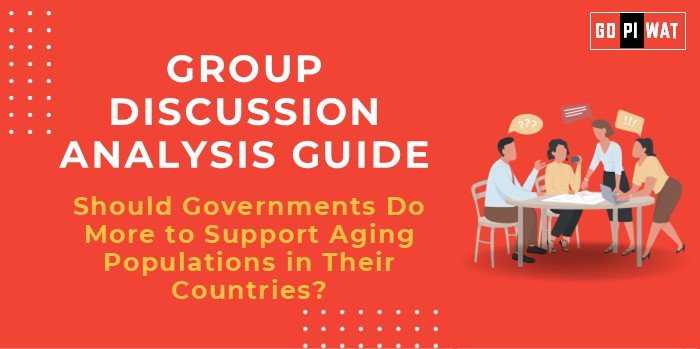🌍 Should Governments Do More to Support Aging Populations in Their Countries?
🔍 Introduction to the Topic
With global life expectancy increasing, aging populations are becoming a critical socio-economic concern worldwide. Governments face mounting challenges in addressing healthcare, pensions, and societal integration for older adults. The global population aged 65 or older is projected to double from 703 million in 2019 to over 1.5 billion by 2050 (UN). While aging provides opportunities to leverage the experience of older citizens, it also strains social safety nets, healthcare systems, and economic productivity.
📊 Quick Facts and Key Statistics
- 🌐 Global Aging Rate: 1 in 6 people will be over 65 by 2050 (UN).
- 💰 Healthcare Costs: In OECD countries, 25% of healthcare spending is devoted to older adults.
- 📉 Pension Coverage Gaps: Over 50% of the global elderly lack comprehensive pension coverage (ILO).
- 🇮🇳 India’s Demographics: The 60+ population is expected to rise from 10% in 2022 to 19% by 2050.
👥 Stakeholders and Their Roles
- 🏛️ Governments: Develop and implement policies for pensions, healthcare, and eldercare.
- ⚕️ Healthcare Providers: Address the increasing demand for geriatric services.
- 💼 Private Sector: Innovate solutions like health tech and senior-friendly infrastructure.
- 🤝 NGOs and Communities: Provide localized support and advocacy for aging populations.
🏆 Achievements and Challenges
✨ Achievements
- 🩺 Universal Healthcare Coverage: Nordic countries provide robust eldercare models.
- 🤖 Technological Innovations: Japan utilizes AI and robotics to support aging citizens.
- 🇮🇳 India’s NSAP: Social assistance pensions for the elderly in vulnerable categories.
⚠️ Challenges
- 💸 Pension Sustainability: Strains on social security systems as dependency ratios rise.
- ⚕️ Healthcare Accessibility: Limited geriatric care facilities in developing countries.
- 🤔 Age Discrimination: Social exclusion in employment and public services.
🌍 Global Comparisons
- 🇸🇪 Nordic Countries: Exemplify comprehensive eldercare services.
- 🇯🇵 Japan: Leads in integrating AI and robotics into eldercare.
- 🇨🇳 China: Introduced multi-level elderly care policies combining community and institutional care.
🗣️ Structured Arguments for Discussion
✅ Supporting Stance
“Governments must expand healthcare and pension systems to address the vulnerabilities of aging populations, ensuring dignity and economic stability.”
❌ Opposing Stance
“Economic constraints and competing priorities make it impractical for governments to bear the full burden of aging populations.”
⚖️ Balanced Perspective
“Governments should collaborate with private entities and NGOs to share the responsibility of supporting aging citizens effectively.”
💡 Effective Discussion Approaches
- 📊 Statistics-Driven: “By 2050, aging populations will challenge economies as the global dependency ratio rises.”
- 🌍 Comparative Lens: “Countries like Japan demonstrate how innovation can ease pressures on aging support systems.”
- 🤔 Problem-Solution: “Collaborating with private sectors and NGOs can address gaps in government programs.”
🔍 Strategic Analysis: SWOT
- 💪 Strengths: Advances in healthcare prolong life expectancy; technological innovations enhance elder support.
- 🤔 Weaknesses: High costs for geriatric healthcare and pensions; inadequate policies in developing nations.
- 🌟 Opportunities: New markets for senior-friendly products and services; potential for international cooperation.
- ⚠️ Threats: Rising dependency ratios strain public finances; risk of societal exclusion of the elderly.
🎓 Connecting with B-School Applications
- 📈 Real-World Applications: Policy analysis in healthcare economics; social entrepreneurship addressing eldercare gaps.
- 💬 Sample Questions:
- “What role can technology play in managing aging populations?”
- “Evaluate the fiscal implications of increasing life expectancy on pensions.”
- 📘 Insights for Students: Explore innovative healthcare business models; research public-private partnerships in social welfare.


